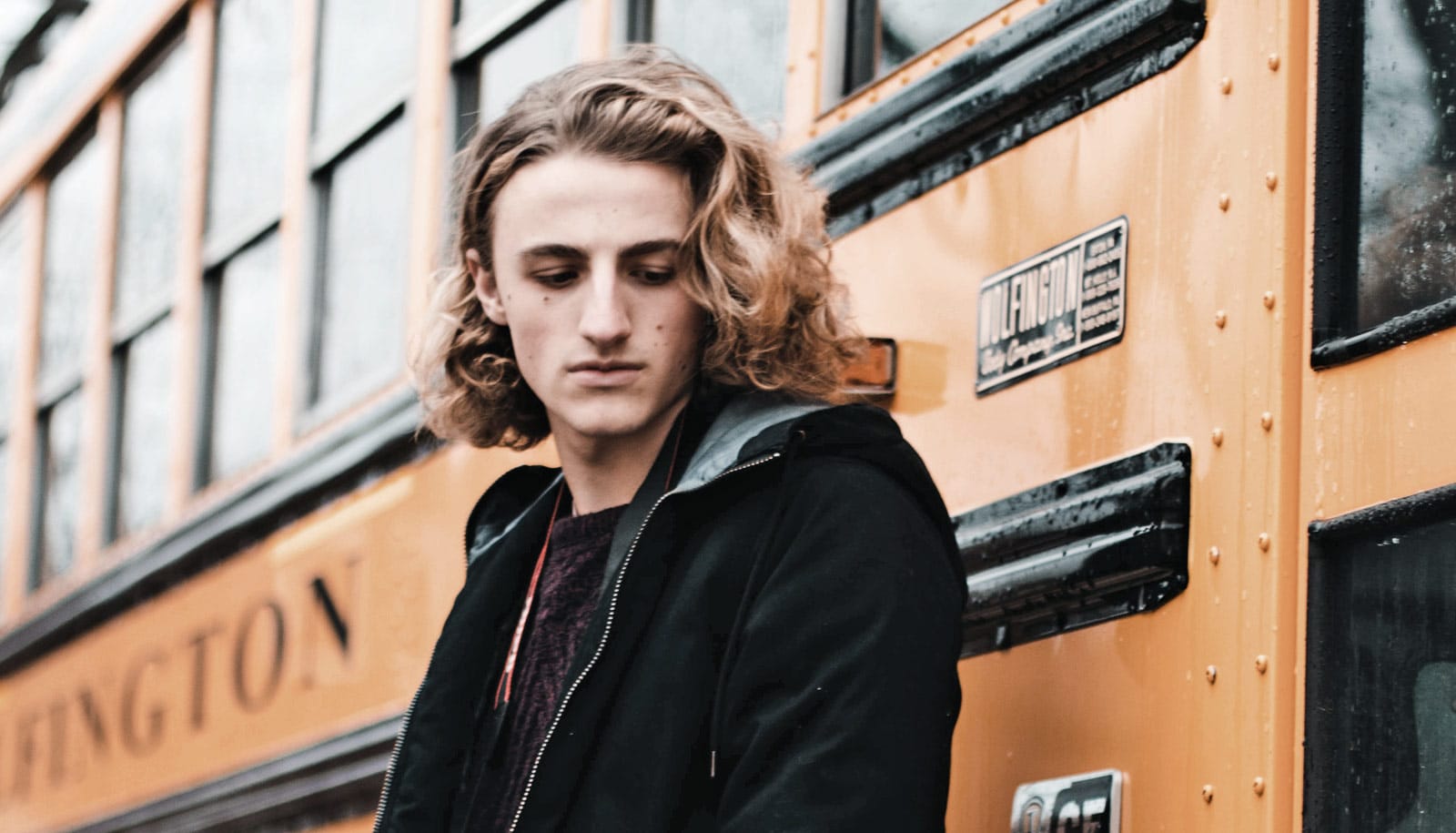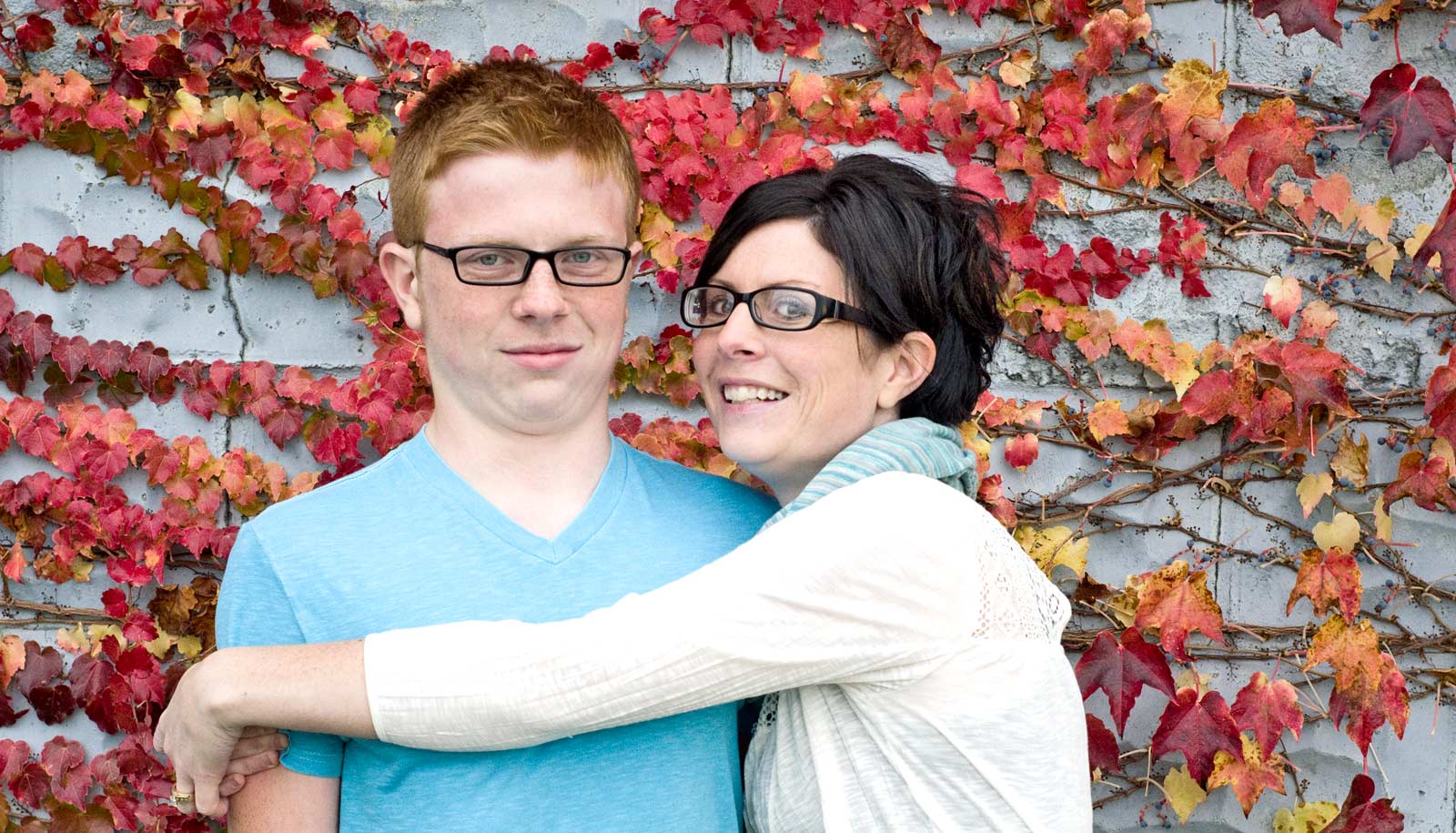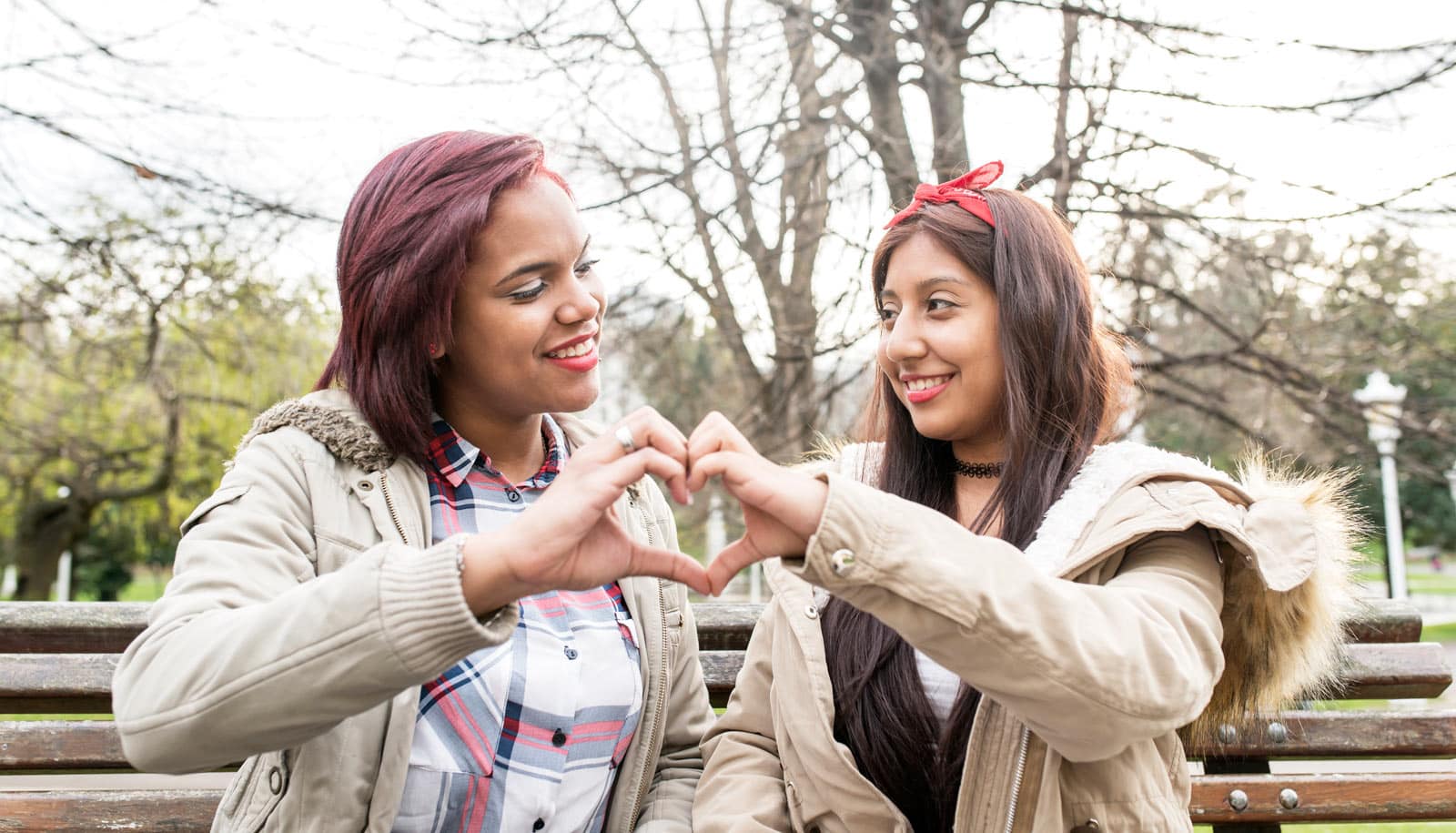Lesbian, gay, bisexual, transgender, and questioning teens are more likely to end up in foster care and experience substance abuse or mental health issues while living in the child welfare system, research finds.
For the new study in Pediatrics, researchers looked at 593,241 youths living in California in grades 6-12. Less than 1 percent of the sample lived foster care or unstable housing. But more than 30 percent of the youths who did live in foster care identified as LGBTQ.
More than 25 percent of those surveyed living in unstable housing—defined as living at a friend’s house, motel, shelter, or other transitional housing—identified as LGBTQ.
“People have been concerned for some time that LGBTQ youth are over-represented in the child welfare system, but there has been little evidence—until now,” says Stephen T. Russell, chair of the human development and family sciences department at the University of Texas at Austin.
The findings also show that LGBTQ youths living in foster care or unstable housing are more likely to experience bullying and mental health problems, have lower grades, skip school because they feel unsafe, and have higher levels of substance abuse.
“There has been a lot of concern that the child welfare system is overburdened in the first place, and that issues like LGBTQ youth discrimination and their distinct needs are an additional complexity for youth who are already vulnerable, just by definition of being in the child welfare system,” Russell says.
“We aren’t investing enough in the systems and focusing enough on the distinct needs of some of the most vulnerable kids, including LGBTQ kids.”
LGBTQ youths probably end up in the foster care system or unstable housing for several reasons, including family rejection or running away because they feel unsafe, Russell says.
In a companion paper in the journal Child Abuse and Neglect, Russell and colleagues looked at a nationally representative sample and found that lesbian, gay and bisexual youths were nearly 2.5 times as likely to end up in the foster system as their heterosexual peers. That study did not examine gender identity.
Researchers points out that only 13 states protect youths in the child welfare system from discrimination on the basis of sexual orientation.
Additional coauthors are from the University of Groningen and the University of California, Los Angeles. The Eunice Kennedy Shriver National Institute for Child Health and Human Development, the Communities for Just Schools Fund, and the Priscilla Pond Flawn Endowment at The University of Texas at Austin funded the work.
Source: University of Texas at Austin



